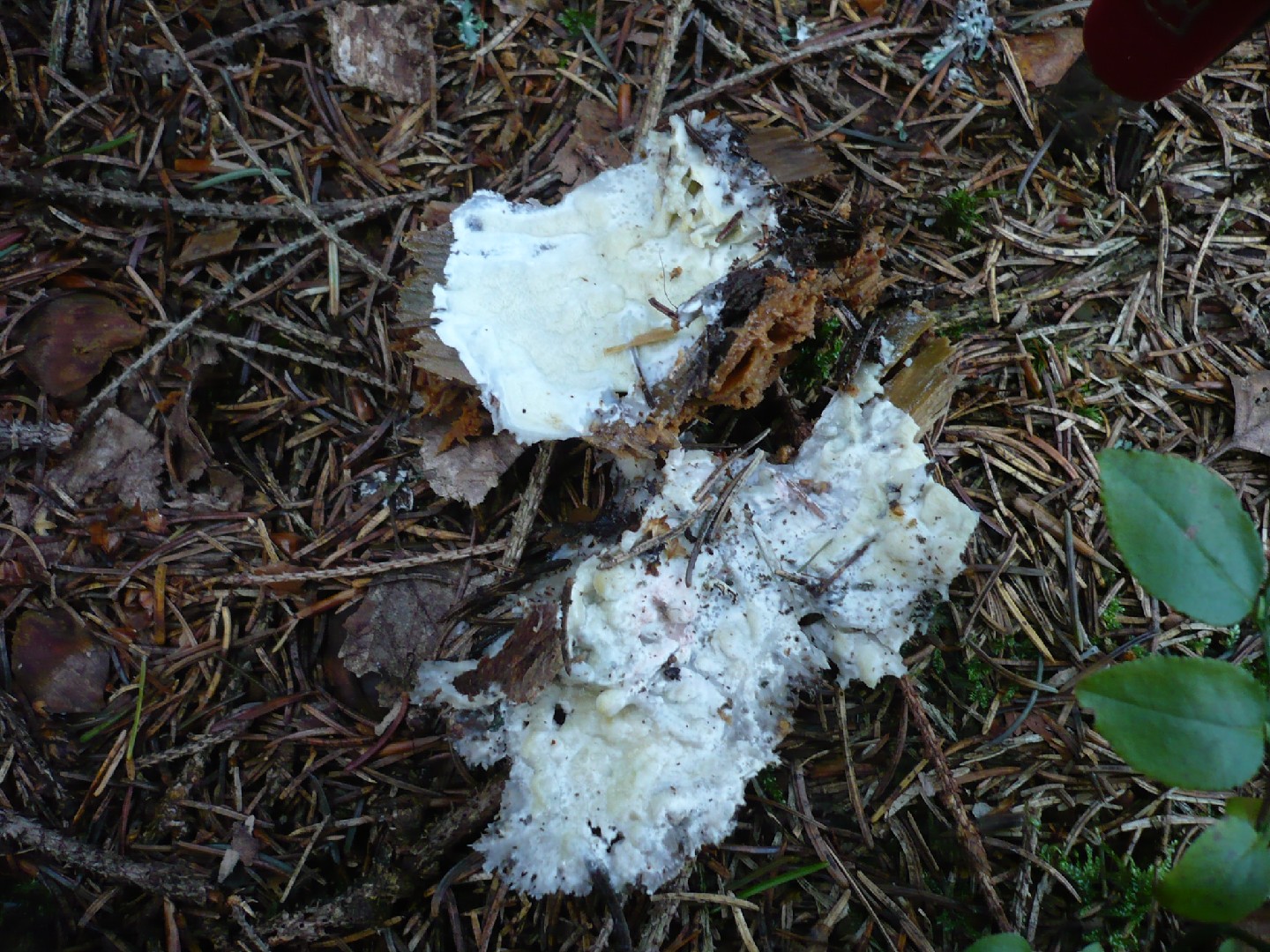Physisporinus
Scientific name: Physisporinus
Physisporinus
Scientific name: Physisporinus
 Photo By Gerhard Koller (Gerhard) , used under CC-BY-SA-3.0 /Cropped and compressed from original
Photo By Gerhard Koller (Gerhard) , used under CC-BY-SA-3.0 /Cropped and compressed from original Description
Physisporinus is a group of fungi known for their role in decomposing wood, contributing to nutrient cycling in forest ecosystems. These fungi typically produce small, crust-like fruiting bodies with a poroid surface, where spores are released. They are often found on decaying hardwood and softwood, playing a crucial part in breaking down lignin and cellulose. By aiding in the decomposition process, physisporinus helps maintain the health and balance of forest habitats, making them an important ecological component.
Species of Physisporinus
Scientific Classification
Phylum
Club fungi Class
Mushroom-forming fungi Order
Shelf fungi Family
Meripilaceae Genus
Physisporinus